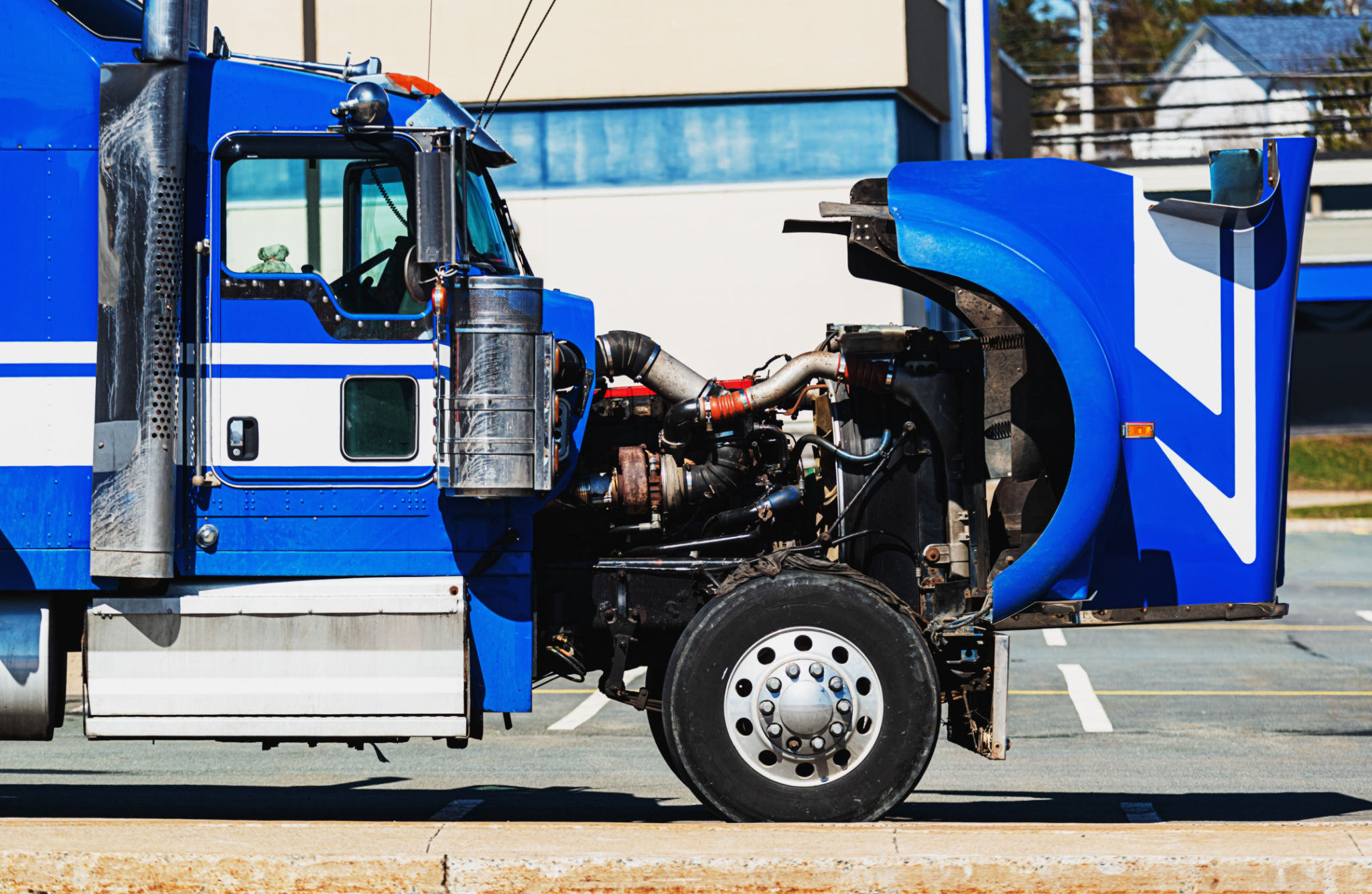How to Prepare Your Trucking Fleet for Seasonal Weather Challenges
Understanding Seasonal Weather Challenges
Operating a trucking fleet means facing various weather conditions throughout the year. Each season brings its own challenges, from icy roads in winter to intense heat in summer. Preparing your fleet for these conditions is crucial to ensure safety and operational efficiency. By understanding and anticipating these challenges, you can better equip your fleet to handle whatever mother nature throws your way.

Winter: Preparing for Snow and Ice
Winter weather can be particularly harsh on trucking fleets. To prepare for snow and ice, it's essential to ensure that all vehicles are equipped with the proper tires. Consider using winter tires that offer better traction on icy roads. Additionally, check and replace wiper blades if necessary, and keep an ample supply of windshield washer fluid designed for cold temperatures.
It's also wise to invest in anti-gel additives for diesel fuel to prevent it from gelling in sub-zero temperatures. Encourage drivers to carry emergency kits that include items like blankets, food, water, and a flashlight. These small preparations can make a significant difference during unexpected delays or breakdowns.
Spring: Navigating Rain and Fog
Spring often brings heavy rain and fog, which can reduce visibility and increase stopping distances. Ensure that all trucks in your fleet have functioning lights and brakes. Regularly inspect brake pads and ensure that headlights and taillights are clear and bright.

Additionally, remind drivers to maintain a safe following distance during wet conditions and to reduce speed accordingly. Proper training on how to handle hydroplaning situations is also beneficial. Keep an eye on weather forecasts and plan routes that minimize exposure to severe weather conditions when possible.
Summer: Combating Heat and Sun
The summer months can take a toll on both vehicles and drivers. High temperatures can lead to tire blowouts, so regular tire inspections are essential. Ensure that all tires are inflated to the recommended pressure levels, as under-inflated tires are more susceptible to heat damage.
Moreover, ensure that the air conditioning systems in the trucks are functioning correctly to keep drivers comfortable. Overheated drivers can become fatigued more quickly, which can lead to accidents. Provide plenty of water and encourage breaks to rest in shaded or air-conditioned areas.

Fall: Managing Leaves and Early Darkness
Fall introduces new challenges with falling leaves and shorter daylight hours. Leaves can create slippery road conditions similar to ice, so remind drivers to be cautious, especially when braking. Regularly clear leaves from windshields and truck beds to maintain visibility and prevent potential hazards.
As days get shorter, ensure that all lighting systems are functioning properly to maintain visibility during early dusk hours. Consider adding reflective tape or decals to trucks for increased visibility in low-light conditions.
General Maintenance Tips
Regardless of the season, regular maintenance checks are vital for ensuring your fleet's readiness. Conduct routine inspections of critical components like brakes, lights, tires, and fluid levels. Establish a maintenance schedule that accommodates seasonal variations and ensures no aspect of your fleet's condition is overlooked.

Investing in driver training programs focused on seasonal driving safety can also enhance your fleet's readiness. Well-prepared drivers are equipped to handle unexpected weather changes with confidence, reducing the risk of accidents and delays.
Conclusion: Staying Ahead of the Weather
Preparing your trucking fleet for seasonal weather challenges is an ongoing process that requires attention to detail and proactive planning. By taking the necessary steps to equip your fleet for each season, you can enhance safety, reduce downtime, and maintain operational efficiency.
Remember, the key is not just in preparing the vehicles but also in preparing the drivers who operate them. Armed with the right knowledge and tools, your fleet will be ready to tackle any weather condition it encounters.